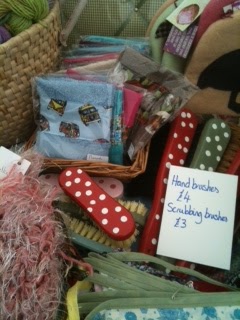Hand Spinning
Hand spinning is the craft of producing yarn from sheep fleece, wool tops or rovings. Many hand spinners use spinning fibres such as alpaca, silk, linen, cotton or even dog and cat hair.
Preparing fibres for hand spinning.
A fleece needs washing before it can be used for hand spinning. Once the fleece has been washed, the fibres need aligning; this is done by carding. It is easier to produce an even yarn from carded wool. Fleece for hand spinning can be carded on hand carders which produce rolags or a drum carder which produces a batt.
A fleece needs washing before it can be used for hand spinning. Once the fleece has been washed, the fibres need aligning; this is done by carding. It is easier to produce an even yarn from carded wool. Fleece for hand spinning can be carded on hand carders which produce rolags or a drum carder which produces a batt.
Hand Spinning
Wool can be spun on a drop spindle or spinning wheel. The drop spindle or spinning wheel puts the twist into the fibre, the spinner drafts the fibre out to create an even yarn. Drop spindles are a good way to start learning hand spinning as they are inexpensive to buy. A spinning wheel is ideal if you are going to do a lot of hand spinning.
Many different yarns can be produced on a spinning wheel, from single to 3 ply, thick bulky to very fine lace weight and loopy boucle yarns to name a few.
Handspun yarns are different to knit with than machine spun yarns because a handspun yarn has different thicknesses in it which adds character to the finished garment.
Wool can be spun on a drop spindle or spinning wheel. The drop spindle or spinning wheel puts the twist into the fibre, the spinner drafts the fibre out to create an even yarn. Drop spindles are a good way to start learning hand spinning as they are inexpensive to buy. A spinning wheel is ideal if you are going to do a lot of hand spinning.
Many different yarns can be produced on a spinning wheel, from single to 3 ply, thick bulky to very fine lace weight and loopy boucle yarns to name a few.
Handspun yarns are different to knit with than machine spun yarns because a handspun yarn has different thicknesses in it which adds character to the finished garment.



















































